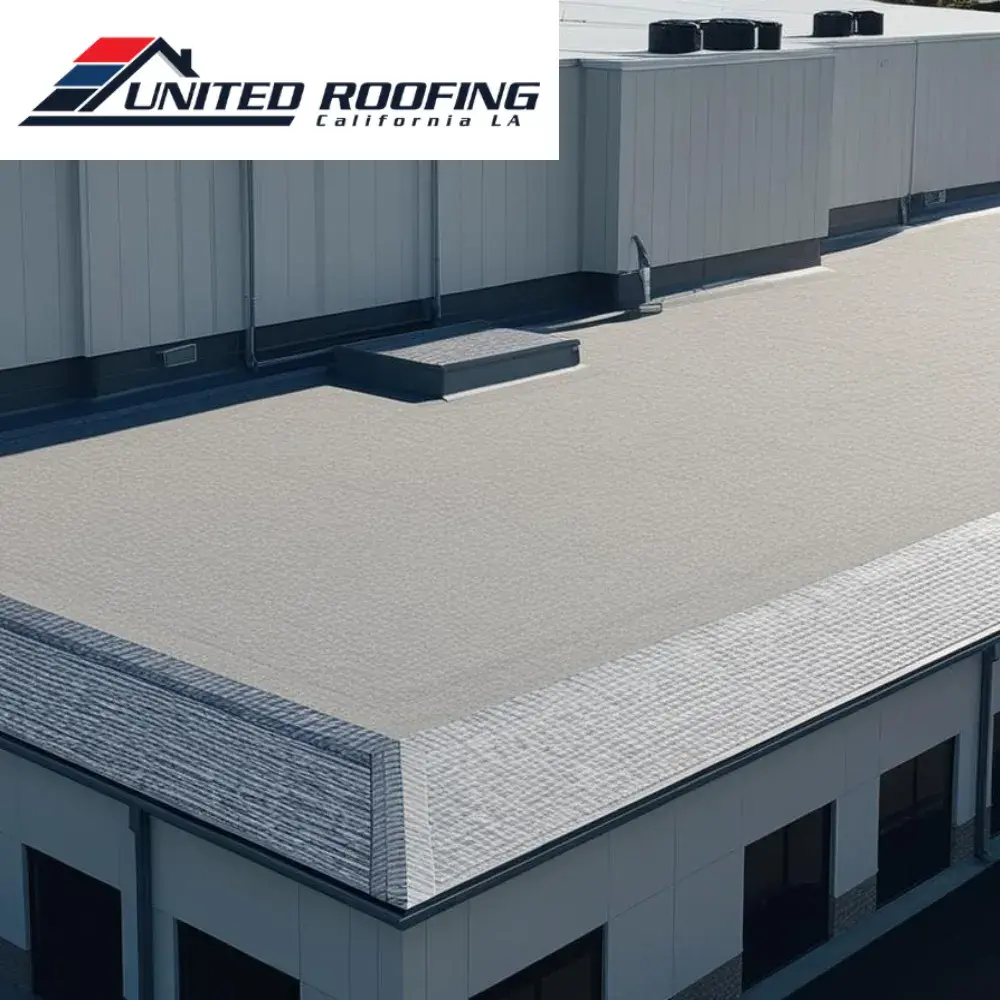When planning a new roof for your commercial property, several factors contribute to the final investment. While many building owners focus on material types or labor alone, a full understanding of the cost involves much more. A professional Commercial Roofing assessment takes into account the size and complexity of the project, existing conditions, safety requirements, and long-term performance goals. Understanding these variables can help you better evaluate proposals and make an informed decision for your business property.
Roof Size and Structural Complexity
The size of the roof is one of the most significant factors in determining overall project needs. Larger roofs naturally require more materials and labor. However, complexity is just as important. Roofs with multiple elevations, slopes, or architectural features demand additional planning and expertise. A flat warehouse roof presents different challenges compared to a multi-level office building. A skilled Commercial Roofing contractor will evaluate these design elements to recommend the best system for performance and efficiency.
Material Selection and Performance Features
Choosing the right roofing materials plays a major role in the overall project scope. Options like TPO, EPDM, PVC, or metal each come with their own benefits, life expectancy, and energy performance levels. Some systems offer reflective properties to reduce energy consumption, while others are valued for their durability in harsh weather. The material selected must align with the building’s use, climate conditions, and maintenance expectations. It’s not about choosing the cheapest option—it’s about finding the right solution for your long-term business goals.
Existing Roof Condition and Tear-Off Needs
The current state of the roof can add layers of complexity to the installation. If the existing roof has water damage, trapped moisture, or multiple older layers, those conditions must be addressed before installing a new system. Removing damaged materials, repairing the substrate, or replacing insulation are essential steps that ensure the new system performs as intended. An experienced contractor will inspect the entire roof assembly to identify underlying issues that could affect the integrity of the new installation.
Access, Code Requirements, and Safety Regulations
Logistics also influence commercial roofing projects. Access to the roof, the height of the building, and the location of the property all play a role in planning. Contractors must also consider local building codes, fire ratings, and required drainage systems. Compliance with OSHA safety standards adds another layer of responsibility, particularly for high-rise or complex structures. These requirements are essential to protect both workers and the building itself, and they are carefully factored into the overall project plan.
Learn More
How to Estimate the Budget for Your Commercial Roofing Installation

